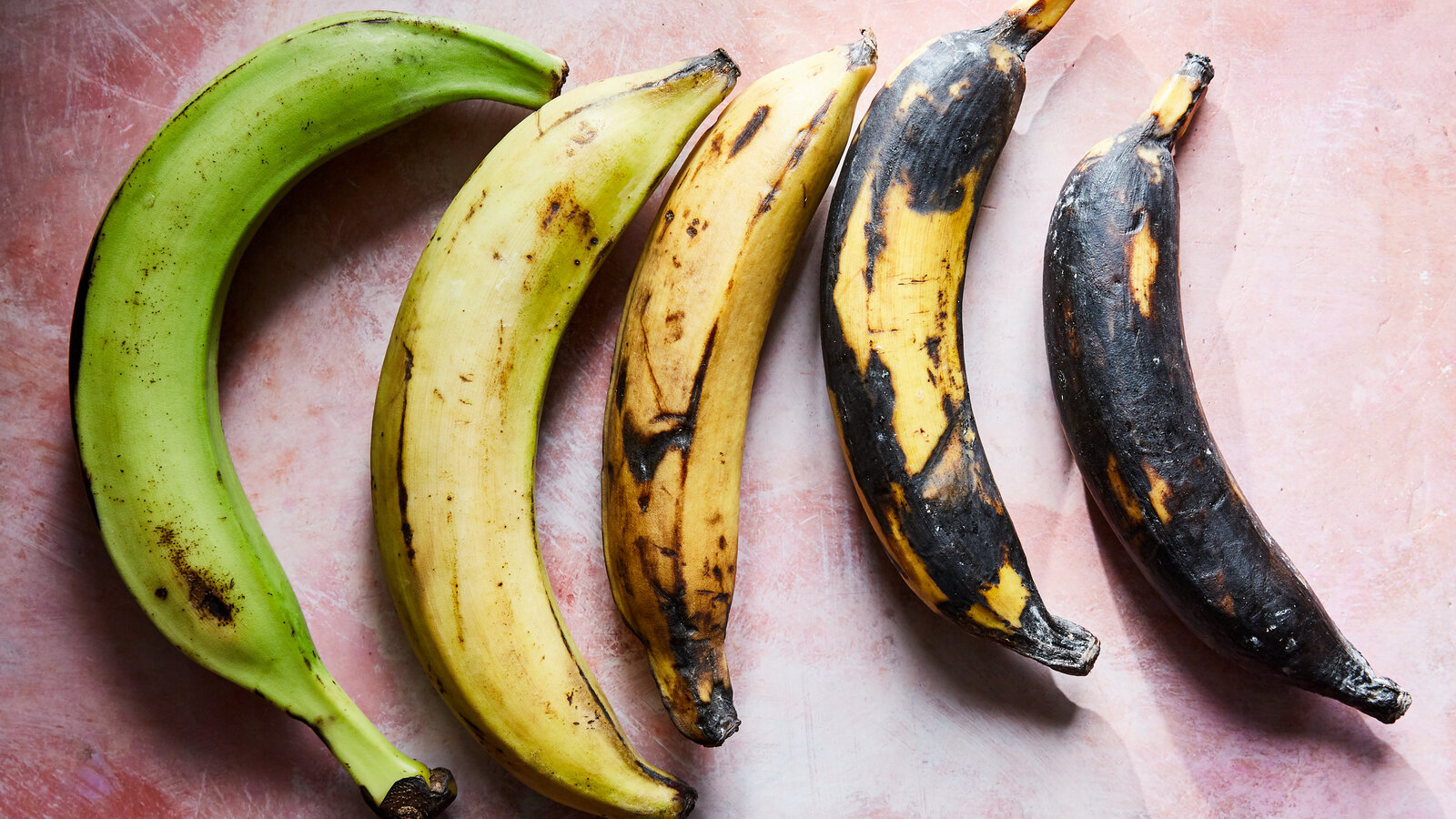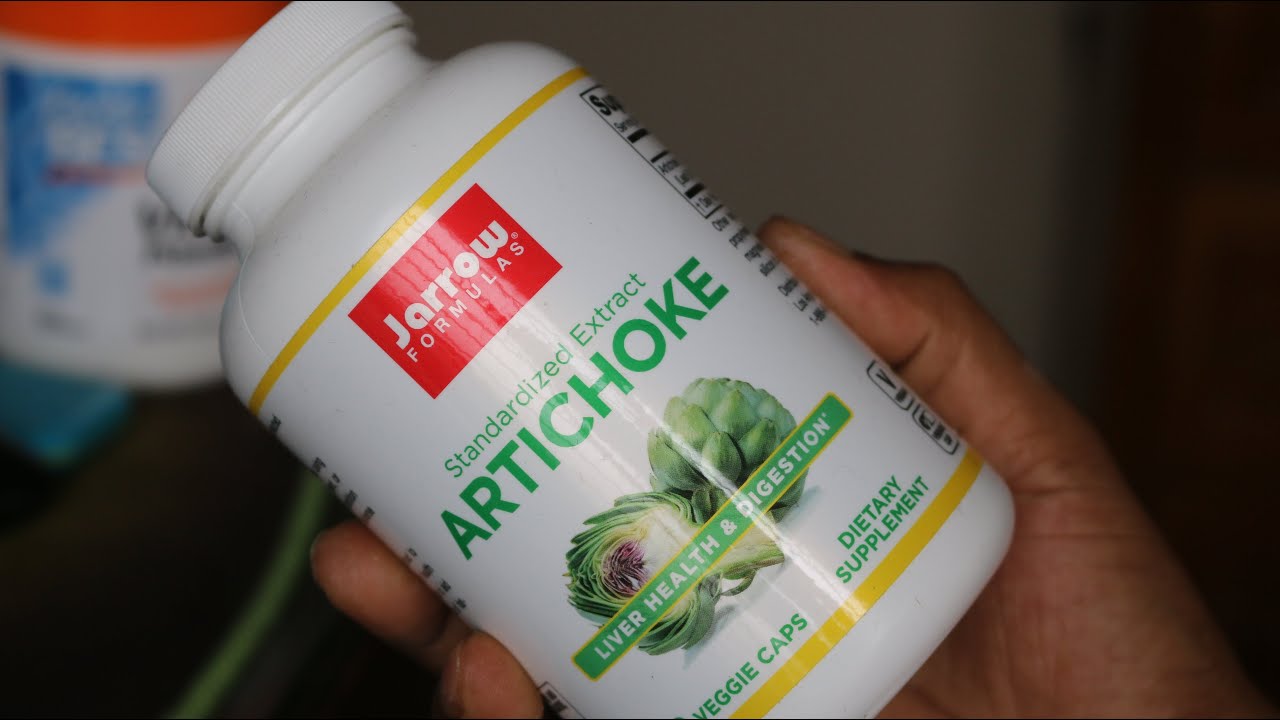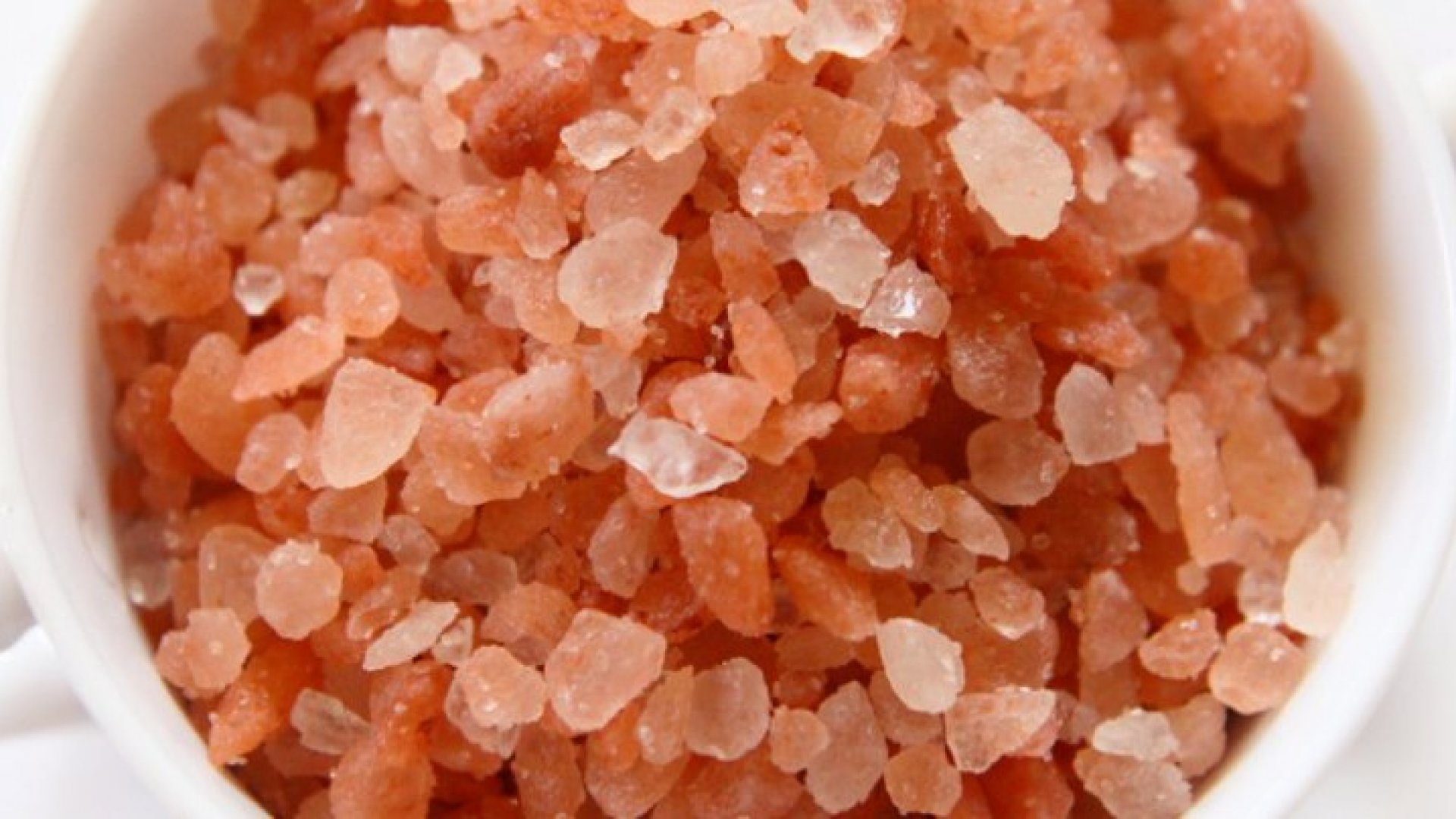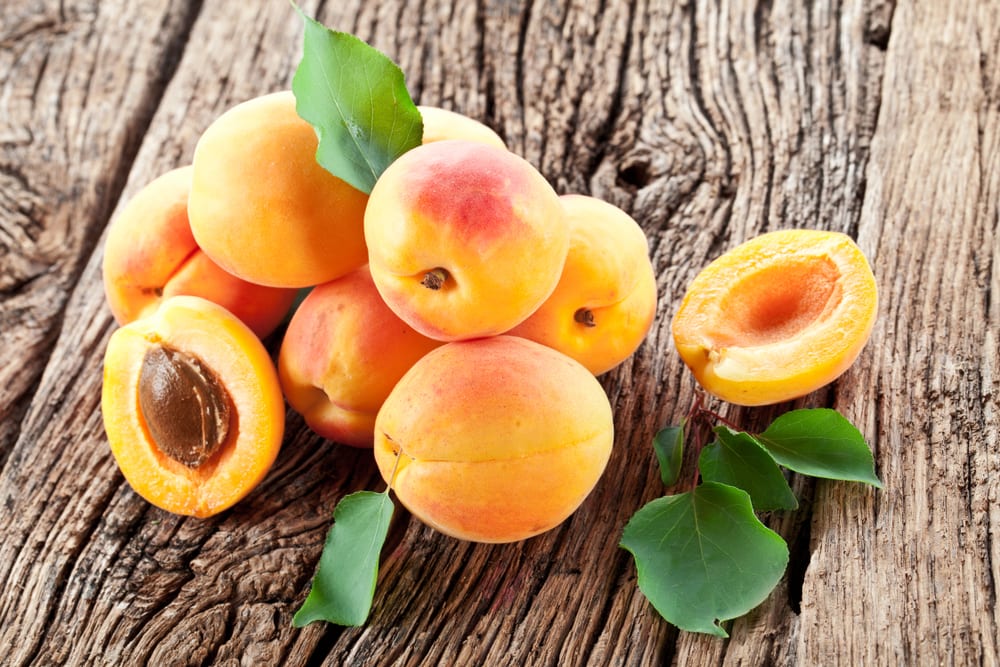Plantains and bananas are two popular fruits that are often confused with each other due to their similar appearance. While they may look alike, there are several key differences between plantains and bananas in terms of taste, culinary uses, nutritional composition, and ripening process. In this comprehensive guide, we will explore these differences to help you understand and appreciate the unique characteristics of each fruit.
Appearance:
Plantains and bananas belong to the same family, Musaceae, and share a similar physical appearance. They both have elongated shapes and feature a thick, peelable skin. However, there are noticeable differences in their appearance. Plantains are typically larger and have a thicker skin compared to bananas. The skin of a ripe plantain is usually yellow, while an unripe plantain has green or yellow-green skin. Bananas, on the other hand, are smaller in size and have a thinner skin. Their skin changes from green to yellow as they ripen.
Culinary Uses:
One of the main differences between plantains and bananas lies in their culinary uses. Plantains are often considered a staple food in many tropical regions and are commonly cooked before consumption. Due to their starchy nature, plantains are versatile and can be used in a variety of savory dishes. They are often fried, boiled, baked, or mashed to create dishes like plantain chips, tostones, mofongo, and plantain fritters. Plantains are rarely eaten raw due to their firm texture and less sweet taste.
On the other hand, bananas are mostly consumed raw as a fresh fruit. They have a softer and sweeter taste compared to plantains, making them ideal for eating raw, adding to smoothies, or using in desserts. Bananas can also be cooked, but they tend to become mushy and lose their shape when subjected to high heat. However, ripe bananas are commonly used in baking recipes to add natural sweetness and moisture to cakes, bread, and muffins.
Taste and Texture:
The taste and texture of plantains and bananas also differ significantly. Plantains have a milder flavor compared to bananas when unripe. As they ripen, plantains become sweeter, but they still retain a subtle earthy taste. When cooked, plantains have a dense and starchy texture, similar to that of a potato. They offer a satisfying chewiness and are often used as a savory accompaniment to meals.
Bananas, on the other hand, have a distinct sweet flavor even when unripe. As they ripen, bananas become sweeter and develop a more pronounced fruity taste. They have a creamy and soft texture, making them enjoyable to eat fresh. Ripe bananas are often described as having a smooth and buttery consistency, which contrasts with the firmer texture of plantains.
Nutritional Composition:
While plantains and bananas are both nutritious fruits, their nutritional profiles differ slightly. Plantains are higher in calories and carbohydrates compared to bananas. They are a good source of dietary fiber, vitamin C, and vitamin A. Plantains also contain more potassium than bananas, which is an essential mineral for maintaining proper heart and muscle function.
Bananas, on the other hand, are lower in calories and carbohydrates but higher in natural sugars. They are an excellent source of vitamin B6, vitamin C, and dietary fiber. Bananas are also known for their high potassium content, which helps regulate blood pressure and supports overall heart health.
Ripening Process:
- Plantains and bananas have different ripening processes. Plantains are typically harvested when they are still green or slightly yellow-green. They require cooking or further ripening to develop their desired taste and texture. As plantains ripen, their skin gradually turns from green to yellow, and they become sweeter and softer. Overripe plantains have blackened skin and a very sweet taste.
- Bananas, on the other hand, are usually harvested when they are green and allowed to ripen off the tree. They naturally undergo a ripening process that causes their skin to change from green to yellow and eventually develop brown speckles as they become fully ripe. Ripe bananas are soft and sweet, while overripe bananas have a mushy texture and intense sweetness.
- In conclusion, plantains and bananas may share a resemblance, but they differ significantly in terms of taste, culinary uses, nutritional composition, and ripening process. Plantains are versatile and commonly used in savory dishes, while bananas are predominantly consumed raw or used in desserts. Plantains have a milder taste and a starchy texture, while bananas are sweeter and have a softer consistency. Understanding these differences will help you make informed choices when incorporating these fruits into your culinary endeavors. Whether you prefer the hearty and savory qualities of plantains or the sweet and creamy attributes of bananas, both fruits offer their own unique flavors and textures to be enjoyed.
- Exploring Melo’s THC Seltzers: A Fun and Flavorful Review of Grapefruit and Wild Berries - May 15, 2024
- Bomb Disposable Vapes: Luxe vs. Max – Exploding with Flavor - October 10, 2023
- Benefits of THC-JD Disposable Vapes - July 19, 2023





